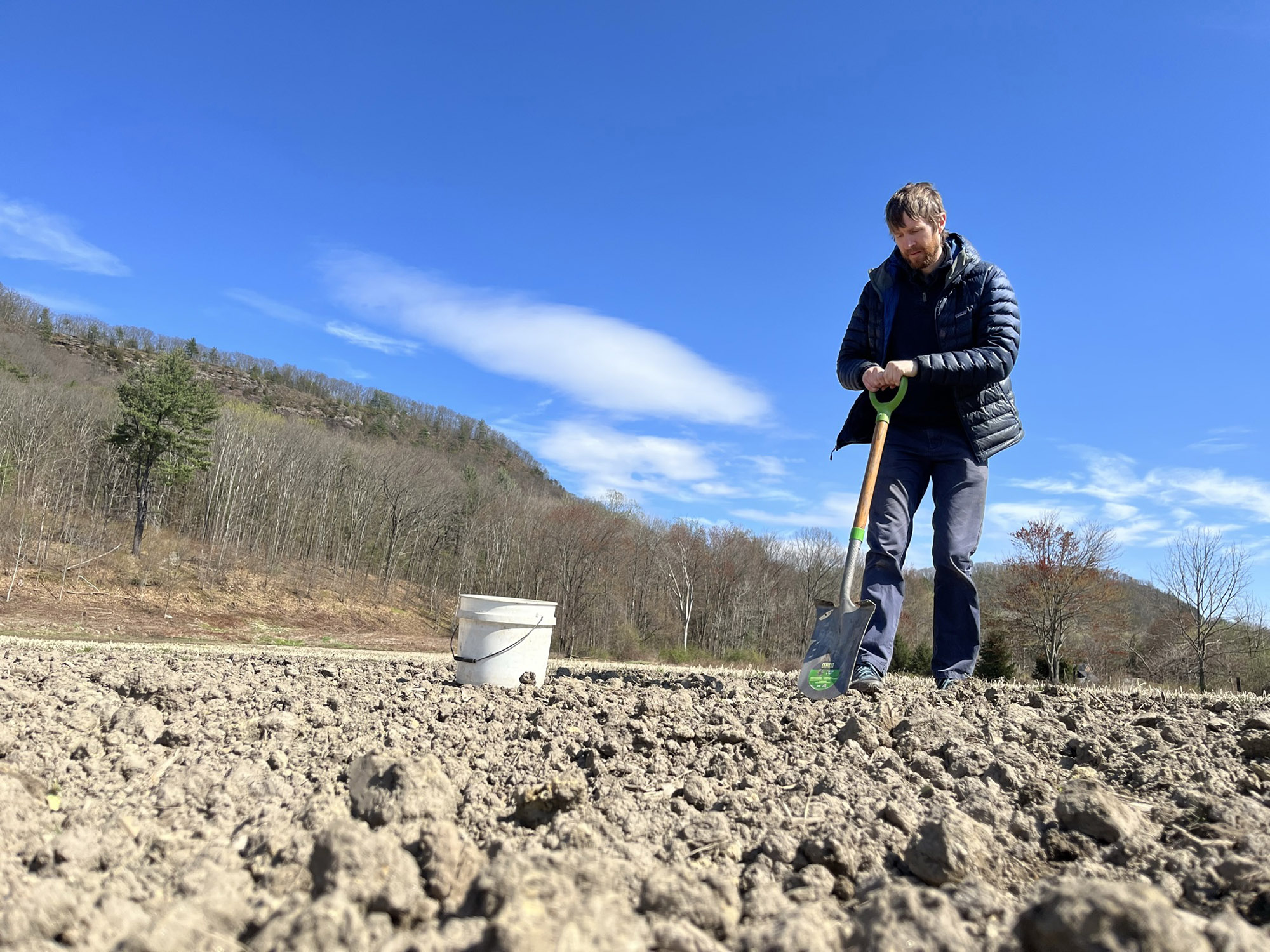
Soil Health Paper in Soil Security Journal
RDG’s Sebastian Gutwein and Keith Zaltzberg-Drezdahl, in collaboration with Eric Toensmeier and Rafter Sass Ferguson, recently authored a paper published in Soil Security Journal. The paper describes a method of linking land cover to Soil Organic Carbon to provide an SOC Inventory for Massachusetts, and compares the results to those derived from a common baseline approach. This work was developed as part of the MA Healthy Soils Action Plan and has since been applied at the municipal level for climate resiliency planning projects in the state.
Abstract
Land management and land cover change exert a strong influence on soil organic carbon (SOC) storage. As scientific, political, and business communities increase their awareness of the essential roles SOC plays in climate regulation and ecosystem functions, efforts to quantify the impacts of land use and management on SOC have increased rapidly. Existing methods of estimating SOC stocks from widely available data do not account for land cover, and are therefore of limited usefulness in understanding the impacts of past and future land use change.
This project explores a method of linking land cover to SOC using data from public datasets and the scientific literature, to provide an SOC Inventory for Massachusetts, and compares the results to those derived from a common baseline approach. Our method derives average land cover SOC values by combining data from the USDA-NRCS Rapid Carbon Assessment and the National Cooperative Soil Characterization Database with values from a meta-analysis of scientific literature. These are applied to the total area of the 20 most abundant land cover classes of Massachusetts. We compare this land cover-based approach with a baseline using SOC values found in the Soil Survey Geographic Database (SSURGO), applied to each soil map unit found within Massachusetts.
Our approach produced an estimated stock of 481 million metric tons of SOC, 29% and 109 million metric tons greater than the SSURGO baseline. We use these estimates to explore the use of the land cover based SOC values to project the impacts of likely land cover change by 2050.
Full Paper is at at ScienceDirect.



Comments (0)